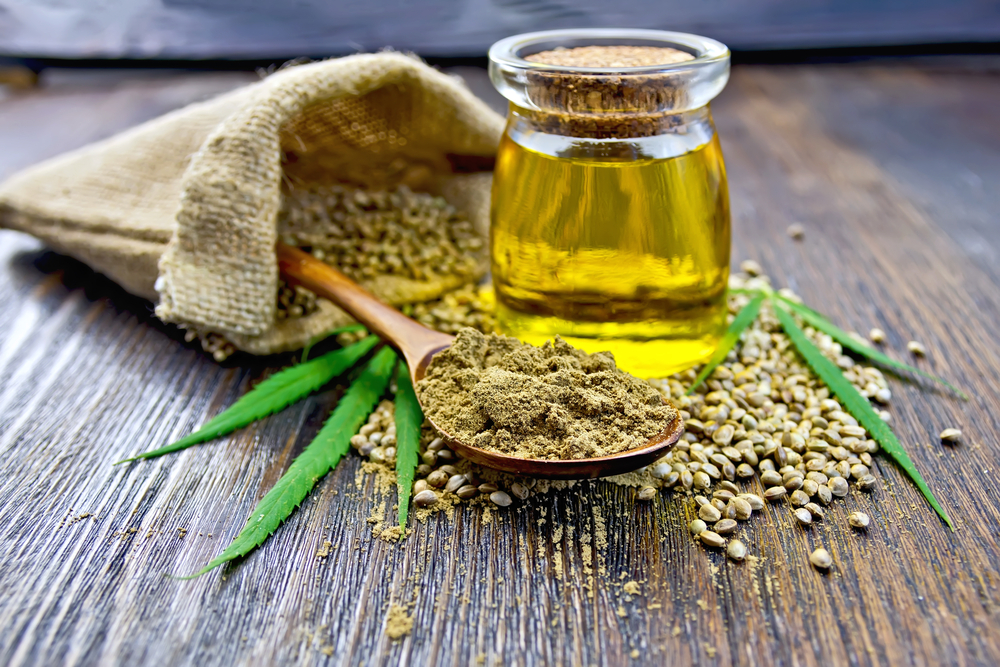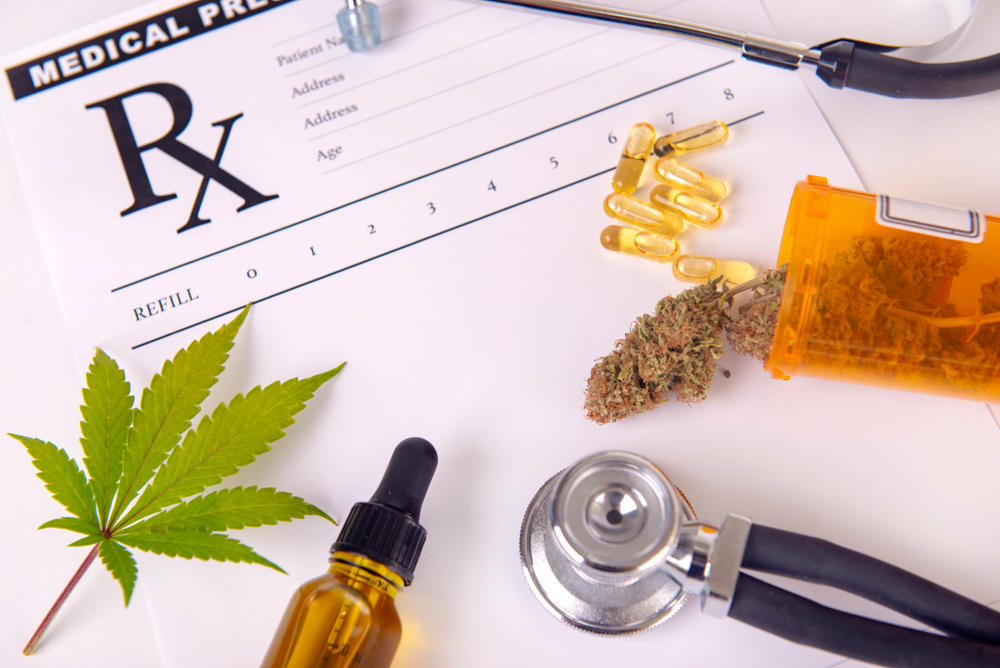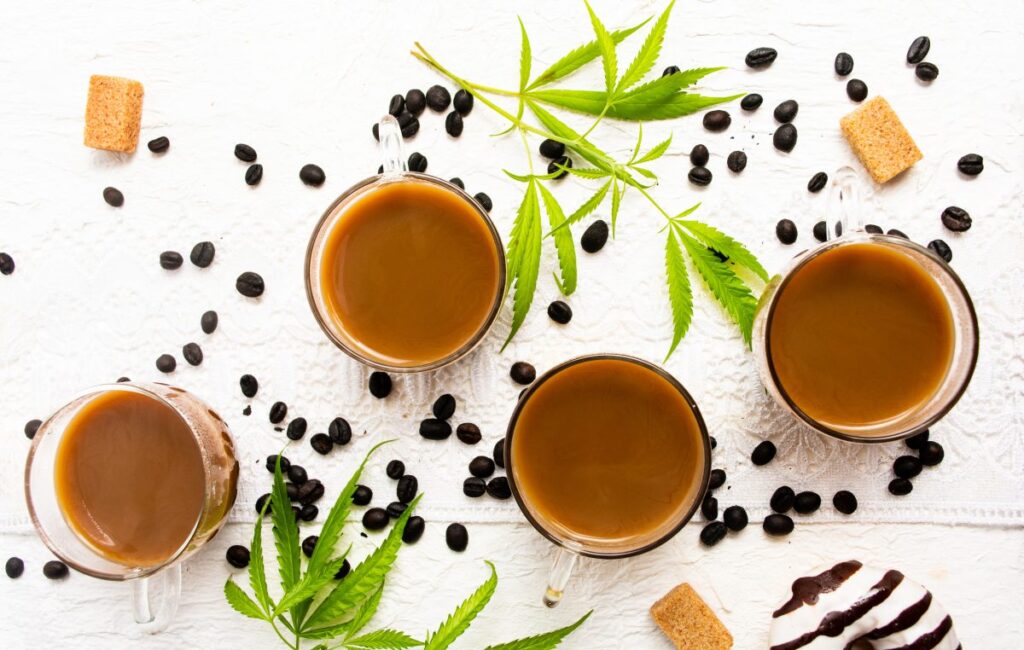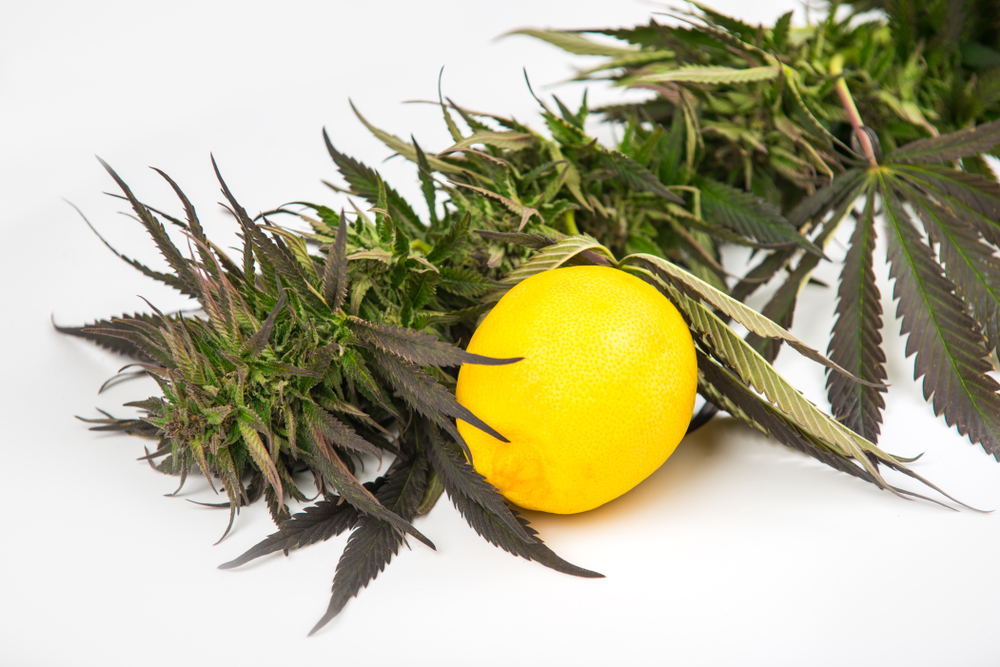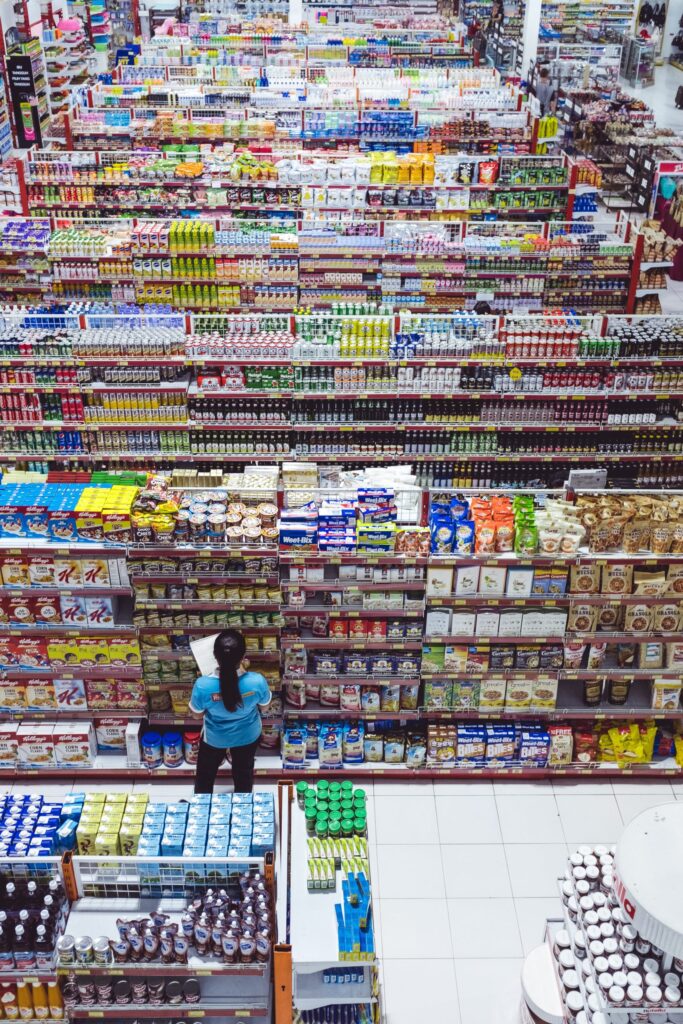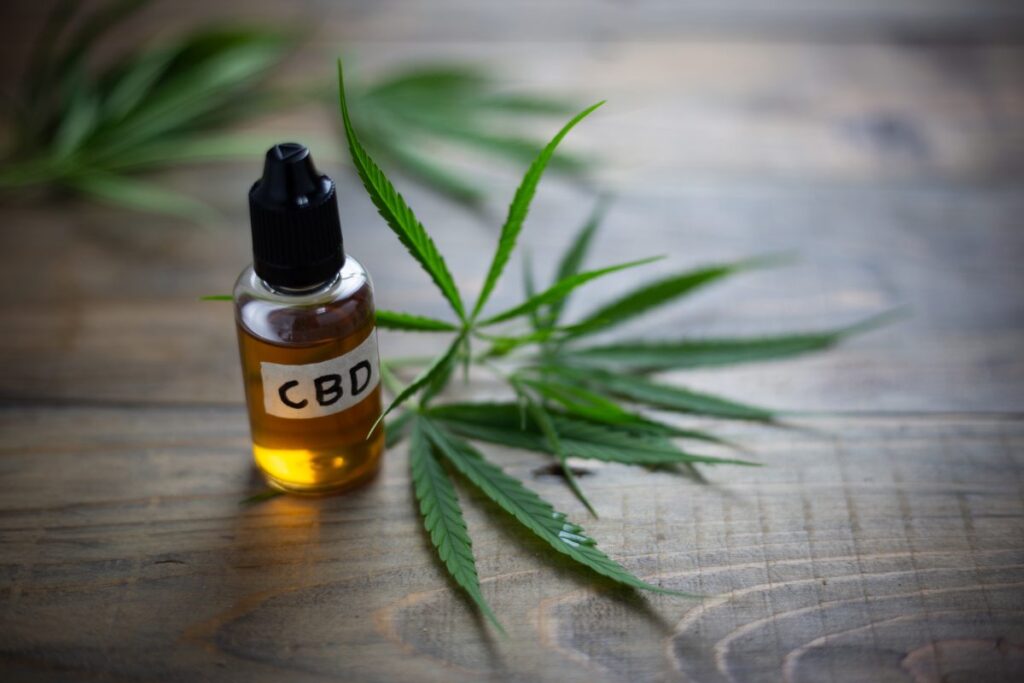SōRSE News & Blog
Home > News/Blog
More results...
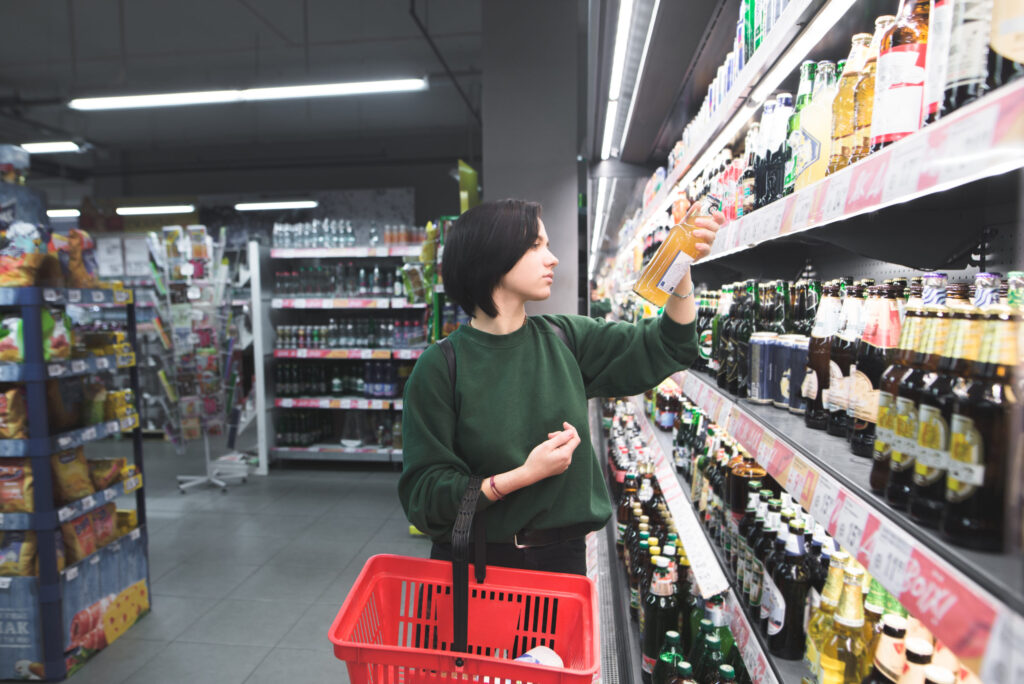
What Does The Future of Cannabis Consumption Look Like?
Imagine a hosting a BBQ on a hot summer day five years from now…
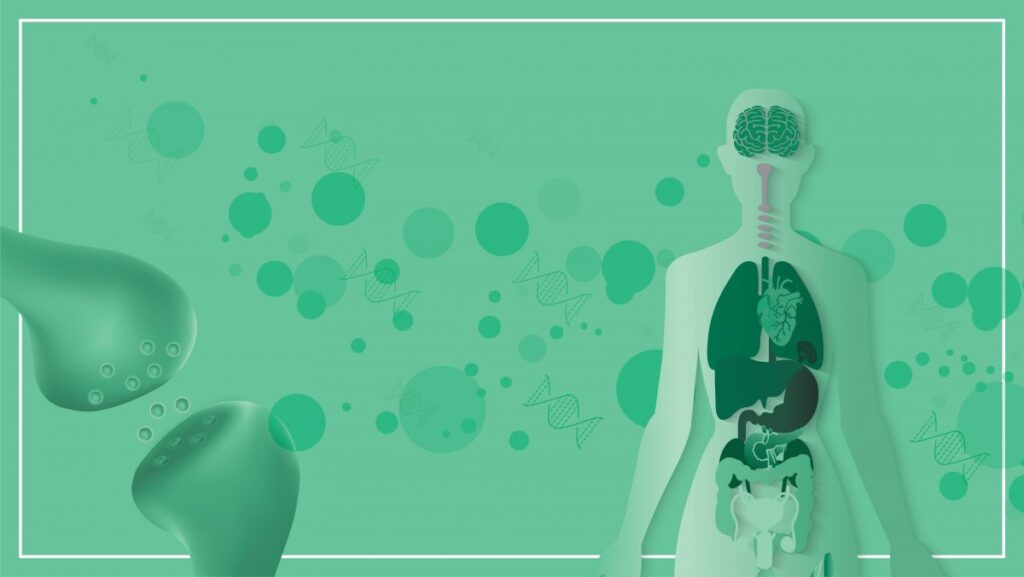
Educating the Consumer on Cannabis and the ECS
Let’s start at the beginning of the Endocannabinoid System.

5 Reasons Why CBD Should Be Allowed In Food Items
The reality is, CBD is a versatile and approachable ingredient for a variety of products.
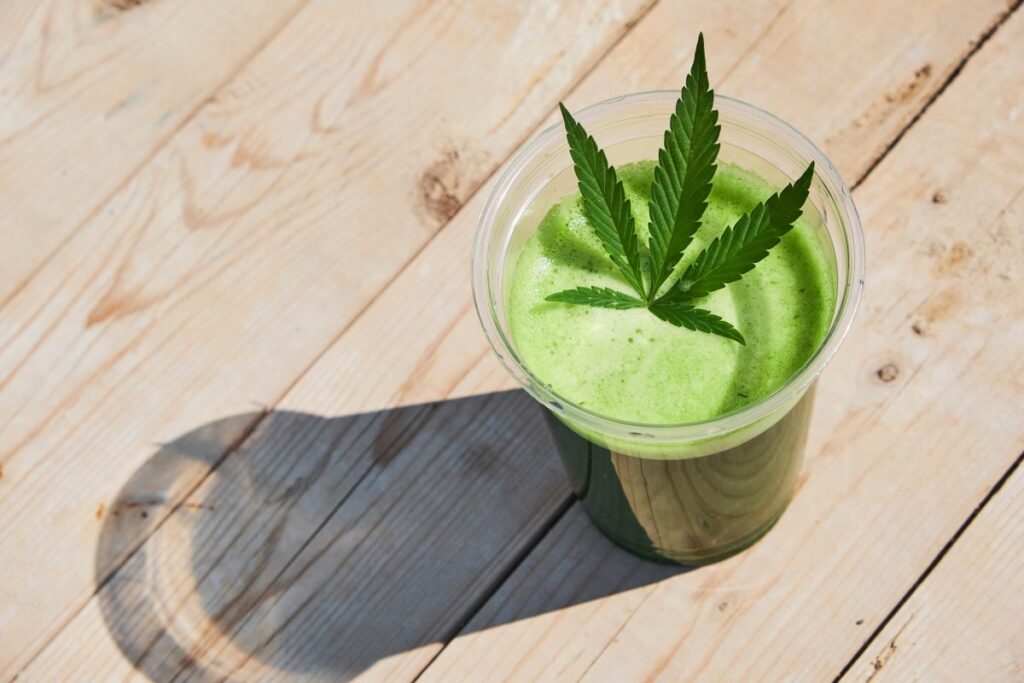
Consumption Methods For Your Lifestyle
Let’s review the most common consumption methods, and decide which are right for you.
- « Previous
- 1
- 2
- 3
- Next »








